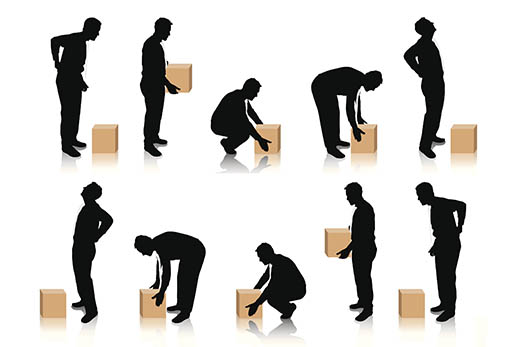

Most of the time, you and your staff won’t even think about it, lifting things are just part of our normal day, but many manual handling injuries are the result of poor lifting techniques.
In some cases, poor manual handling can lead to permanent disability and physical impairment.
The Law
The Manual Handling Operations Regulations 1992 apply to all manual handling activities carried out by employees whilst at work. As an employer, it’s your responsibility to undertake a risk assessment of all manual handling activities and determine a hierarchy of risk control in order to minimize injury and ill-health risks to your staff. Below are our top tips for ensuring safety at your business.
Why is manual handling an issue under health & safety law?
Manual handling is not only about lifting but also lowering items, pushing items, pulling items, carrying items and repeated movement of items.
Note: Back injury is not the only type of injury from manual handling. Injuries are reported concerning:
Clearly costs to business due to injury are huge, comprising pay, the cost of loss of skilled employees, replacement/temporary staff, civil claims, criminal prosecution and increased insurance premiums.
Figures from the HSE report that musculo-skeletal disorder cases in 2011/12 represented 439,000 out of a total 1,073,000 reported work-related illnesses.
What does the law require regarding manual handling?
The Manual Handling Operations Regulations 1992 require employers to:
What are the rules for good manual handling?
Remember the following for safe manual handling:
Review all manual handling tasks and mechanise whatever you can and…